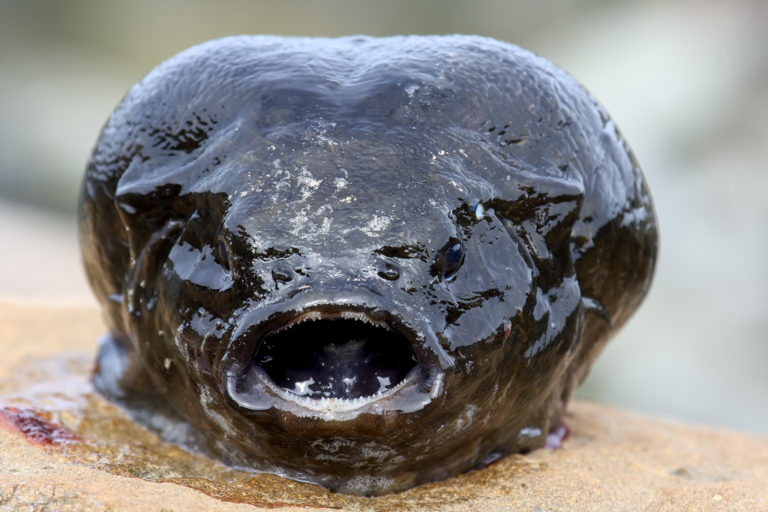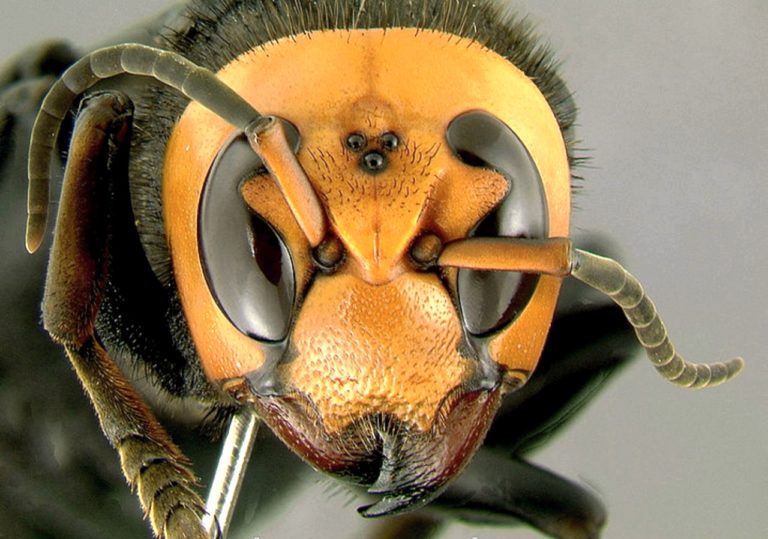The Heaviest Animals in the Wild
The animal kingdom is full of wonders — from the tiniest fly to the massive blue whale. While many of the world’s largest creatures inspire awe, some of them are surprisingly gentle giants.
Here’s a look at the heaviest animals in the wild, from ocean depths to open savannas.

Blue Whale
The blue whale is not just the largest animal alive today — it’s the heaviest creature to have ever lived on Earth. These marine giants can weigh up to 200 tons, with their tongue alone as heavy as an elephant.
Blue whales are found in oceans around the world, often preferring warmer waters. They migrate thousands of miles each year, traveling solo or in small groups. To sustain their immense size, a single whale must consume more than 4 tons of food daily, feeding mainly on krill and plankton.

Whale Shark
Second only to the blue whale, the whale shark is the largest and heaviest fish in the ocean. Growing over 12 meters long and weighing more than 18,000 kilograms, it’s a gentle giant of the sea.
Despite its massive mouth — which can open up to a meter wide — the whale shark feeds on some of the smallest marine creatures, including plankton, krill, and tiny crustaceans. It filters huge amounts of water through its gills to capture food, gliding gracefully through tropical oceans.

African Elephant
The African elephant is the world’s largest land animal and one of nature’s most iconic species. Adult males can weigh more than 6 tons, easily towering over most other terrestrial creatures.
You can tell African elephants apart from Asian elephants by their larger ears and the fact that both males and females have tusks. These giants live in herds across central and western Africa, often traveling great distances in search of food and water.
An adult elephant needs to eat up to 130 kilograms of vegetation per day, and its trumpet-like call makes it one of the loudest animals on the planet.

Asian Elephant
Slightly smaller than its African cousin, the Asian elephant is still an impressive heavyweight, reaching up to 5 tons. There are three recognized subspecies — the Indian, Sri Lankan, and Sumatran elephants.
These elephants spend nearly 19 hours a day feeding on grass, roots, and leaves. Their trunk — a muscular, flexible extension of the upper lip — serves multiple purposes: grabbing food, drinking, and even spraying water to cool off.
The Asian elephant also has the longest gestation period of any land animal, lasting up to 22 months before a calf is born.

White Rhinoceros
Despite its name, the white rhinoceros isn’t actually white — its name comes from a mistranslation of the Afrikaans word “wijd”, meaning “wide,” referring to its broad mouth.
These hefty herbivores can weigh between 1,500 and 3,500 kilograms and feature a distinctive horn that can grow up to 1.5 meters long. They’re well adapted to arid environments and can survive for up to five days without water.
Found mainly in southern Africa, the white rhino remains one of the heaviest land animals in existence.

Hippopotamus
Few creatures embody raw bulk like the hippopotamus. Native to southern Africa, these semi-aquatic animals can weigh up to 3,500 kilograms and spend most of their lives in rivers and lakes.
Hippos graze mostly at night, consuming more than 36 kilograms of grass in a single evening. They can’t sweat, so their skin secretes a reddish fluid that acts as a natural sunscreen and moisturizer.
Though herbivorous, hippos are among Africa’s most aggressive animals, and males use their massive teeth to battle rivals during mating season.

Giraffe
Known for its towering height and elegant stride, the giraffe is not just tall but also heavy — weighing up to 680 kilograms and standing as high as six meters.
Its half-meter-long tongue and incredibly long neck help it reach treetops for food. Interestingly, despite their length, giraffes have the same number of neck vertebrae as humans — just much larger ones.
Giraffes can run up to 50 kilometers per hour, using their speed to escape predators when needed.

Asian Gaur
The Asian gaur, also called the Indian bison, is the largest and heaviest species of wild cattle in the world. Native to South and Southeast Asia, males can weigh up to 1,100 kilograms.
Gaurs are easily recognized by the white “stockings” on their legs, giving them a striking appearance. They live in herds within India’s tropical evergreen forests and have strong, curved horns used for defense.
Despite their size, gaurs are generally peaceful grazers — unless threatened.

Crocodile
Crocodiles are ancient reptiles that come in many forms, but none compare to the saltwater crocodile of Australia — the largest and heaviest of them all. These powerful predators can grow up to 7.5 meters long and weigh over 1,000 kilograms.
Crocodiles are opportunistic hunters, feeding on fish, deer, pigs, and other animals that wander too close to the water’s edge. They store energy as fat in their tails, allowing them to survive long periods without food.

Kodiak Bear
Named after Alaska’s Kodiak Island, the Kodiak bear is the world’s largest bear species and one of the biggest terrestrial carnivores. Standing up to 3 meters tall and weighing around 800 kilograms, this bear is a true wilderness heavyweight.
Kodiak bears are omnivores, feeding on fish, berries, and vegetation. During the harsh Alaskan winters, they hibernate, slowing their metabolism and living off stored body fat.
Solitary by nature, they rarely gather in groups except during the salmon run — when food is abundant.
Nature’s True Giants
From the depths of the ocean to the vast African plains, these animals remind us of nature’s extraordinary scale and diversity. Many of these giants — despite their size — are peaceful, plant-eating creatures, perfectly adapted to their environments.
Their size isn’t just about strength — it’s about survival, endurance, and evolution at its most spectacular.








Какой познавательный и затягивающий у вас сайт! Спасибо большое, даже взрослым интересно!
Спасибо, что читаете! Заходите к нам почаще)